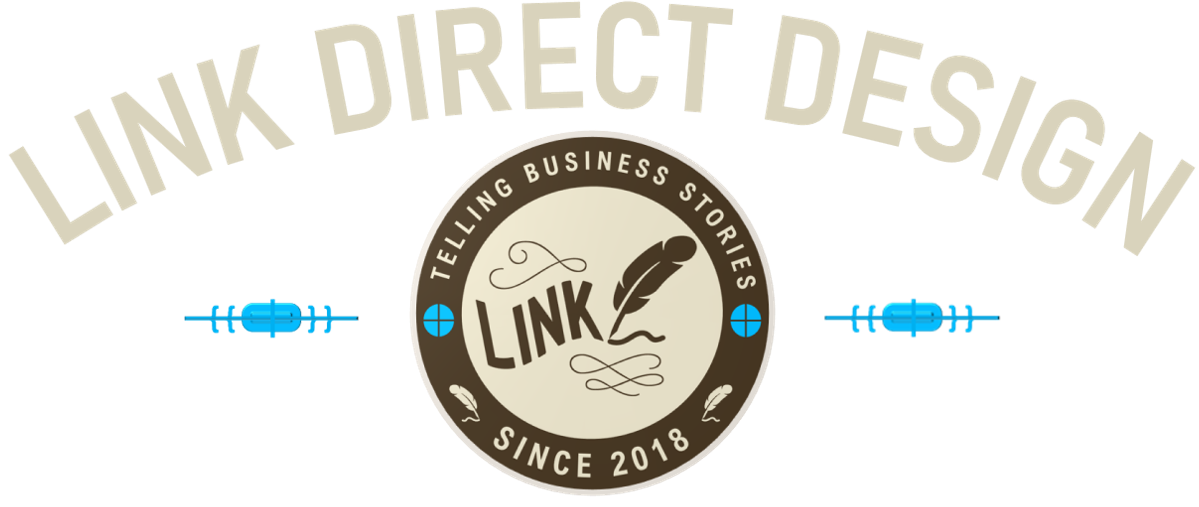The Heart of the RC Plane, Propulsion
GETTING AND STAYING IN THE AIR DEPEND ON A VARIETY OF AERODYNAMIC FACTORS. One of the most important is propulsion. Propulsion is the result of your motor unit or units, and they create thrust. In small planes, motors are almost always electonic, and in large planes, they are often gas powered. Larger motors and engines are also known as power plants.
There are two basic types of propulsion designs, pushers and pullers - which are also called tractors.
Front-propeller, or “tractor” style of RC airplane
Pullers
Most propellers are at the front of the plane and pull it into the air. This is where the term “tractor” comes from, because the load is moved forward with the energy force at the lead.
As the blades are rotated by the motor, they corkscrew through the air pulling the plane. The blades on the propeller are airfoils, just like the wings. When air travels over the raised side of the airfoil, it has farther to travel than the air that speeds directly along the flat side. This spreads out the air on the curved side, creating a low-pressure area where the air is not as dense. In the case of a wing, the low-pressure creates lift on the top side. In the case of a series of airfoils connected to the motor shaft, as with a propeller, this same principle creates thrust, or movement forward into the air.
Tractors create stability in the same way front-wheel drive makes driving easier. Something pulling a load guides it, whereas something being pushed must respond to the load shifts creating direction forces. While they are nice from a stability standpoint, tractors or pullers are not necessarily the best choice for beginning aircraft.
Pusher style of RC airplane
Pushers
A pusher, as in the case of a flying wing and other rear-propeller designs, is mounted on the back of the plane. This type of propulsion has some advantages for beginners.
There are no spinning blades on the front of the plane to damage things it may collide with.
The propellers are more shielded, making it less likely for your fingers to come in contact by accident.
During crashes, the motor and blades are not the first thing to strike ground or objects. Therefore, they may need fewer repairs or replacements.
Associated electronics, which are often situated near the motor, also benefit from being pushed to the back of the plane design.
In the unfortunate event your plane hits you or someone else, having the propulsion in back reduces some of the risk.
“A pusher, as in the case of a flying wing and other rear-propeller designs, is mounted on the back of the plane. This type of propulsion has some advantages for beginners.”
Some Plane Designs Use EDFs
Electric-Ducted-Fan or EDF style of RC airplane
Electric-Ducted Fans, or EDFs are the RC equivalent of a jet engine on a full-scale jet aircraft. The propellers are encased in a cage which sits inside a duct in the plane. Air is pulled in through the front and pushed out the back, propelling the plane forward.
These designs are used on jet models and have a major drawback for beginners. They are very fast. Fast at takeoff (often thrown to launch) fast during flight, fast on landing. Your beginner reflexes may be challenged by this type of plane.
As a beginning pilot, you will want to consider tractors or pushers, although they are not the only option you can be successful with and have fun flying. EDFs are probably well down the line in terms of experience, and something to shoot for if that aspect of the hobby is appealing to you.
Flying Before You’re Flying
Let’s say you are reading this in the winter with snow on the ground, 30-knot winds and 15 degrees is predicted for the high. One of the great things about being based out of Tucson is that we really don’t have any of those days. But much of the United States does, and for learning RC, that’s not all bad.
Flight simulators are made for the RC aircraft hobbyist wanting to learn anytime, almost anywhere. If you have a robust computer and a reasonably large monitor, you can practice learning to use the controls in a “safe” environment. When you crash, you simply push the reset button. You can even use your own controller with most of the programs, although less expensive sims come with a shortened list of compatibles.
When the weather does turn favorable again, having a mentor with experience and a “buddy box” is another good way to learn. The buddy box is like the additional set of brakes and steering wheel on some driver education cars. If you get into trouble, your seasoned mentor can take over, correct and then help you learn what to do better next time.





